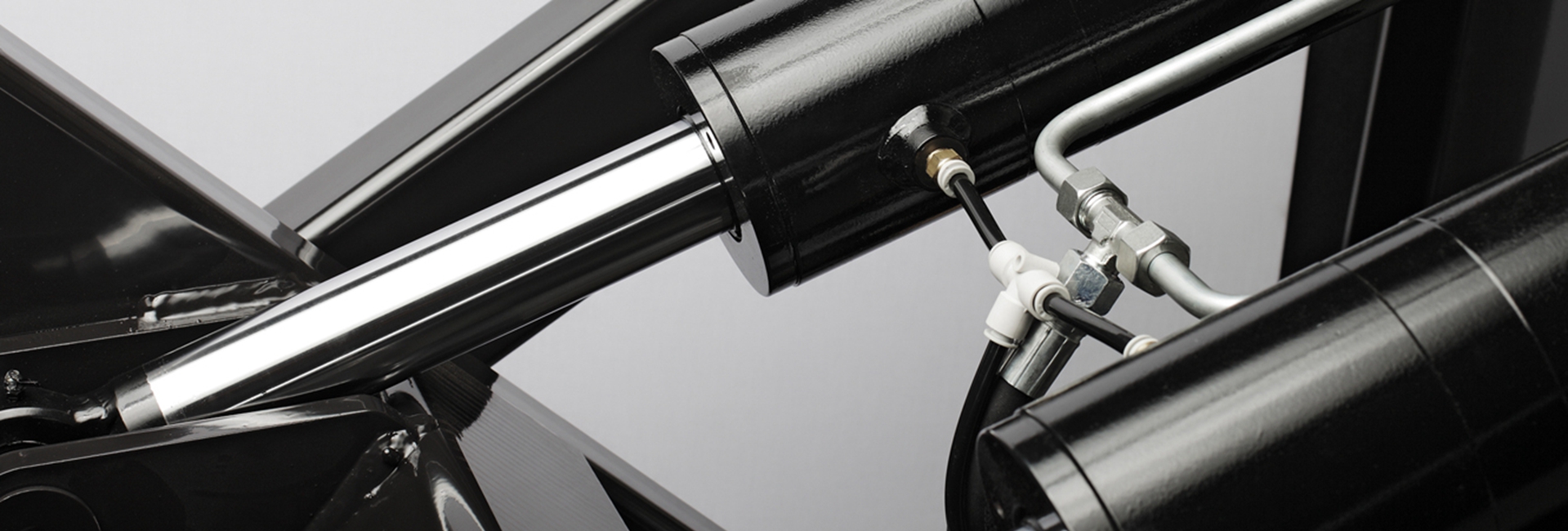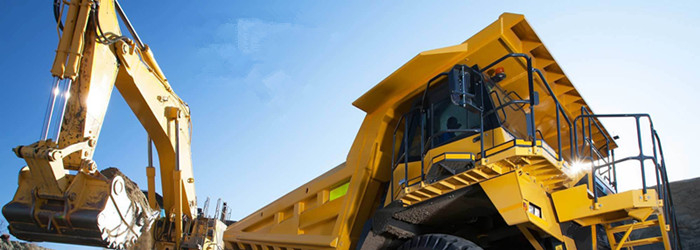As you may already be aware, I’m a loud and enthusiastic advocate of not installing suction strainers. For most applications, they should be removed and discarded when they have been installed. As a result, I’m always interested in any new information on this issue, especially if it’s anything “official” from a pump manufacturer.
On this note, the data sheet for Nachi PVS series variable volume piston pumps recently was brought to my attention. Under the heading, Management of Hydraulic Operating Fluid, on page P-2, Nachi recommends the installation of a suction strainer: “Provide a suction strainer with a filtering grade of about 100?m (150 mesh).”
Contrast Nachi’s recommendation with Bosch Rexroth’s. Page 2 of its data sheet for SV-20 and SV-25 series variable vane pumps states: “Bosch Rexroth does not recommend the use of inlet suction strainers.”
That’s one pump manufacturer for and one against. Here’s another, Eaton-Vickers, sitting on the fence (bolding mine):
“[Reservoir] outlet line strainers, also called [pump] inlet filters or inlet screens are very common. This may be more traditional than functional…They are intended to keep larger solid contaminants from entering the hydraulic system. A drawback is that they are quite inaccessible for service and cleaning. If they become restricted due to excess contamination, they can cause cavitation and damage to system pumps. A more current approach is to ensure clean fluid is maintained in the reservoir, precluding the need for an outlet line [suction] strainer.”
This piece of prose may well have been written by one of their in-house attorneys. It seems this pump manufacturer wants you to make up your own mind. But at least it implies that the tradition of always installing a suction strainer is outdated.
Then there’s this, from page 31 of the Contamination Control Program manual by Stauff—a company that does not manufacture pumps, but does make suction strainers (bolding theirs):
“WARNING: It is advisable to check with the pump manufacturer before any type of filter is fitted to the pump inlet line…In general, suction strainers do not contribute to system cleanliness. The difficulty associated with changing strainers, and knowing if and when they are clogged [may result in pump damage].”
So if you take Stauff’s advice and check with the pump manufacturer, one says “yes,” another says “no,” and a third says “you decide” As is the case with myriad other hydraulic equipment maintenance decisions, this one’s your call. And it’s a call you have to make—one way or the other. Because as Buridan’s ass discovered, not deciding can result in the very same consequences you wished to avoid.
Brendan Casey is the founder of HydraulicSupermarket.com and the author of The Definitive Guide to Mobile Hydraulics, The Hydraulic Maintenance Handbook, Insider Secrets to Hydraulics, Preventing Hydraulic Failures, The Hydraulic Troubleshooting Handbook, Hydraulics Made Easy, Advanced Hydraulic Control and The Definitive Guide to Hydraulic Troubleshooting. A hydraulics specialist with an MBA, he has more than 25 years experience in the design, maintenance, and repair of mobile and industrial hydraulic equipment.


